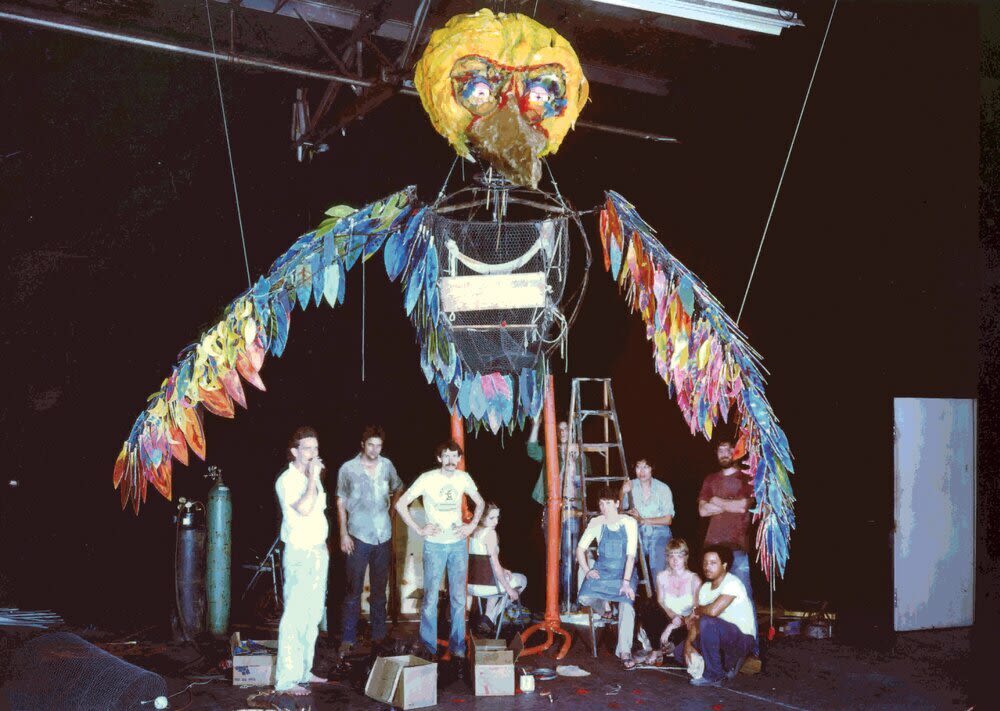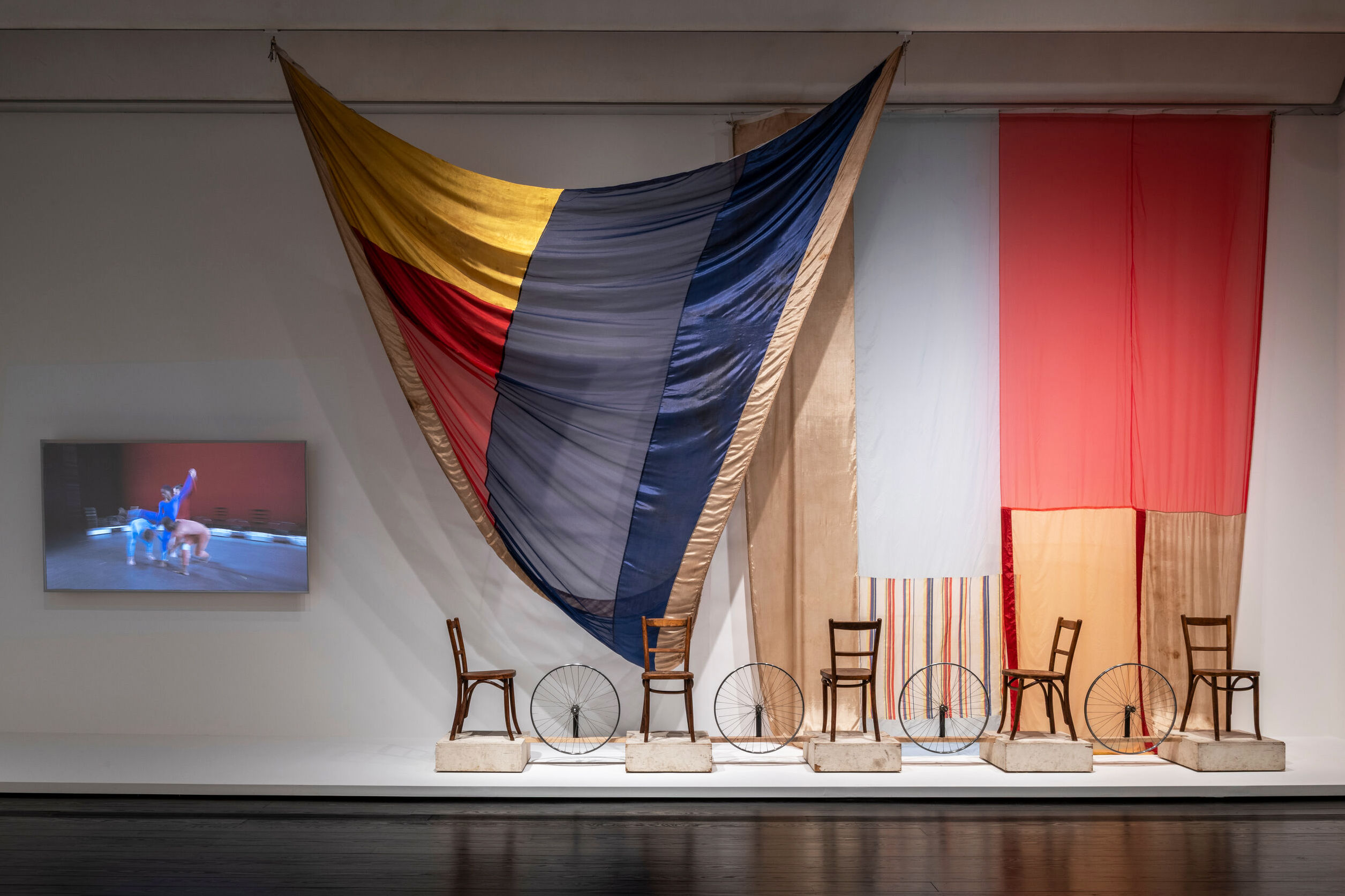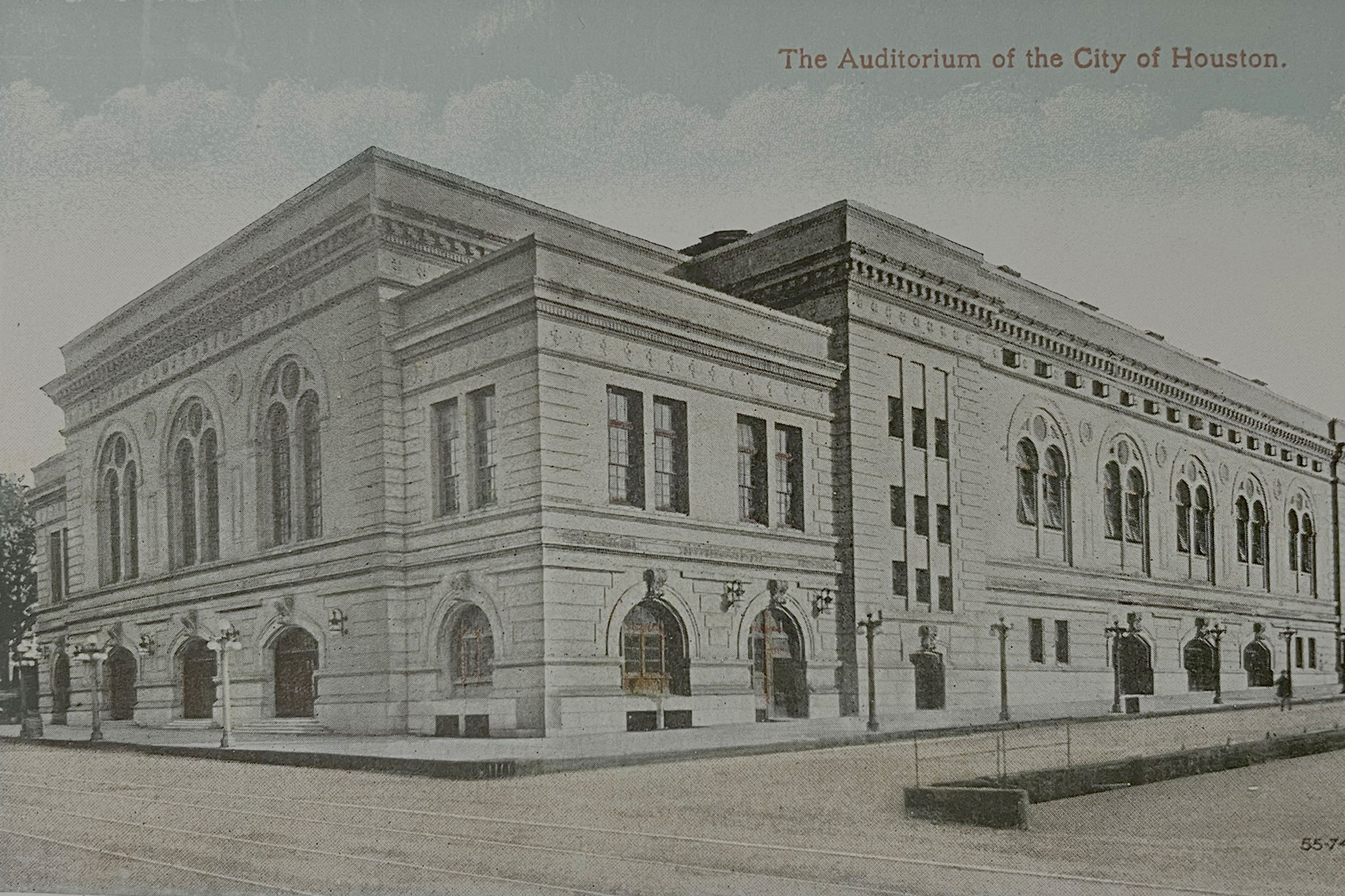This New Book Explores Houston’s Art Scene

Artists at Lawndale Annex, 1982. Left to right: Robert Shuttlesworth, Mark Coughlin,
Ed Wilson, Judy Long, Jack Massing, Kathy Wilson, Mary Jenewein, Kelly Alison, Bert
Samples, and Jim Poag.
If you’ve ever wondered about the history of Houston’s art scene, there’s a new book that offers some insight. Paddy Johnson — art critic, educator and co-founder of Impractical Spaces, a national publications project dedicated to chronicling the history of alternative art spaces in the United States — enlisted Houston’s Pete Gershon to set the record straight on the city’s overlooked artist spaces.
“Being able to engage and collect these stories and talk about the pictures and other aspects of the content was really meaningful for me,” Gershon, editor of Impractical Spaces: Houston, says during a conversation at the book’s launch in late April. “It helped me keep in touch during a time where we weren’t really going out and doing stuff.”
Houston was the first city to inaugurate the Impractical Spaces initiative back in 2020, and it has since branched out to Kansas City, Portland, Puerto Rico and Washington, D.C. A passionate, rigorous and thoughtful author and editor, Gershon has written extensively on the importance of Houston artists and how, for more than a century, many have pushed beyond the limitations of more established institutions to create accessible sites of experimentation. He was editor of the now-defunct experimental jazz publication Signal to Noise and author of Painting the Town Orange: The Stories Behind Houston's Visionary Art Environments (2014) and Collision: The Contemporary Art Scene in Houston, 1972-1985 (2018). Today, Gershon works as curator of programs for the Orange Show Center of Visionary Work, a position that has made him essential to the Impractical Spaces project.
Within 215 pages, Gershon’s in-depth introduction and 56 individual interview entries, Impractical Spaces: Houston weaves together narratives gathered directly from the Houston art community. Gershon culled each participant from a survey dispatched at the height of the COVID-19 pandemic. Each page is filled with archival images and information: the years of operation, type of programming, the story behind location of the space, memorable moments and thoughts on the present day.
In his introduction, Gershon sweeps across time, from the early 1900s to now, to set the stage for understanding Houston’s evolution as a city and most of the major players who have shaped the art community’s world-class reputation. The cover features an archival photograph from 1982 of students posing with a collaborative artwork at Lawndale Annex, the present-day Lawndale Art Center. Participating spaces date as far back as Art League Houston’s founding in 1947 and include lesser-known moments like the short-lived Houston Museum of Modern Art (1975-1976), the Joanna (2007-2014), and the origin stories of popular spaces such as Project Row Houses Box 13 ArtSpace.
The book is by no means comprehensive, but makes a serious effort toward filling in some crucial historical gaps. At some point in the (hopefully) near future, Gershon has plans to do another edition of Impractical Spaces: Houston and is thinking of ways to continue building the archive in real-time.
“This is not necessarily a complete or finished forever project,” he says. “This is the first edition. We can add to it and we’re going to weave it into the national series.”
Although it is still notoriously underrated when compared to the art ecosystems of competing major cities, Houston holds its own with its nationally ranked and globally renowned institutions and talents.
“I really do want people from outside of Houston to read this book and find out about these stories. If you’re a kid in Des Moines or somewhere, you could look at this book as a whole ‘how-to’ for starting a space. I think it can be a good guidebook.”
Impractical Spaces: Houston is available for purchase at the Orange Show, Menil Bookstore. For more information, visit here.




